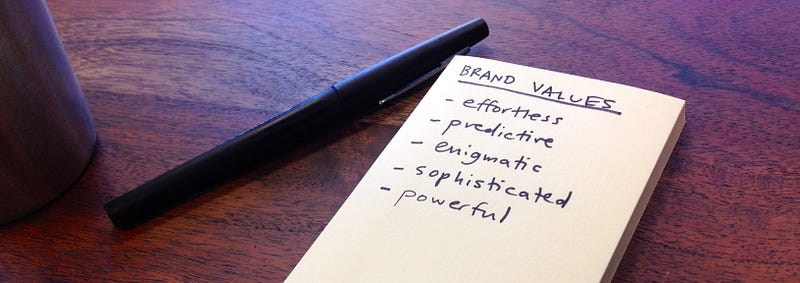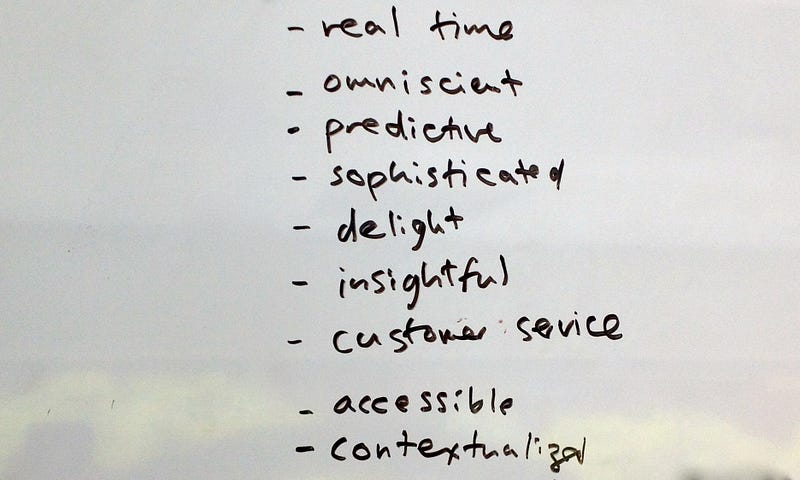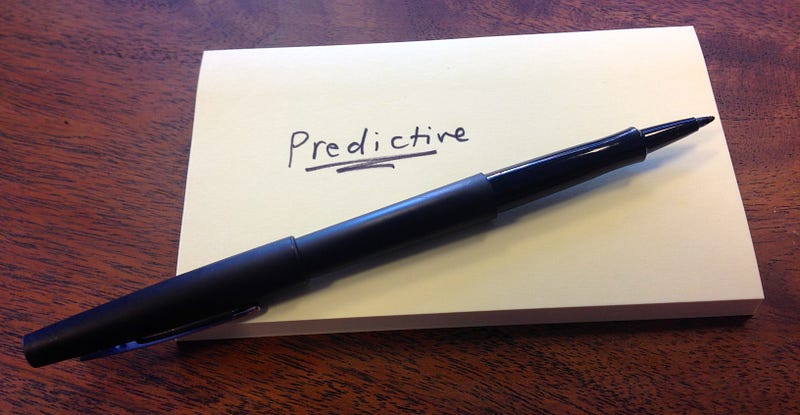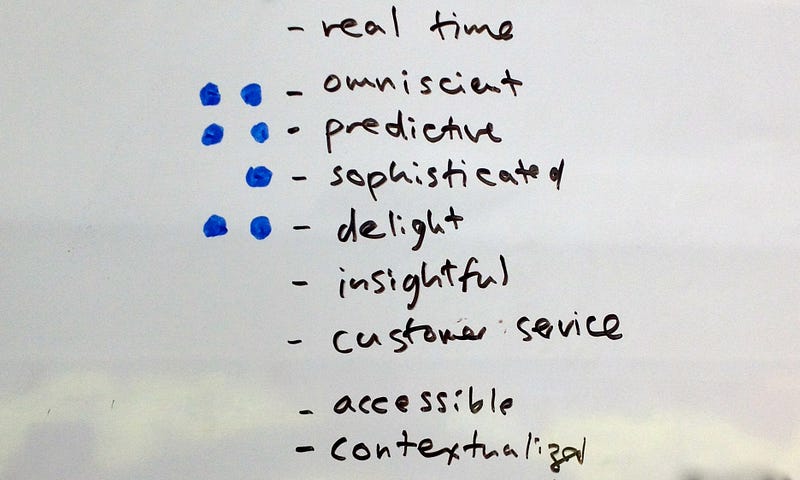You know when a meeting turns into a complete waste of time? Maybe you’re trying to come up with ideas, or make a decision. Before anyone realizes it, the meeting starts to suck.
Meetings want to suck. Two of their favorite suckiness tactics are group brainstorming and group negotiation. Give them half a chance, and they’ll waste your time, sap your energy, and leave you with poor ideas and a watered-down decision. But meetings don’t have to be that way.
On the Google Ventures design team, we dislike sucky meetings as much as anyone. We use a process hack that short-circuits the worst parts of groupthink while getting the most out of different perspectives. For lack of a better name, we call it the “note and vote.”
The next time you need to make a decision or come up with a new idea in a group, call timeout and give the note-and-vote a try.
Trending: Navy SEAL Secrets for High Performance Under Pressure
How it works
1. Note
Distribute paper and pens to each person. Set a timer for five minutes to 10 minutes. Everyone writes down as many ideas as they can. Individually. Quietly. This list won’t be shared with the group, so nobody has to worry about writing down dumb ideas.

2. Self-edit
Set the timer for two minutes. Each person reviews his or her own list and picks one or two favorites. Individually. Quietly.

3. Share and capture
One at a time, each person shares his or her top idea(s). No sales pitch. Just say what you wrote and move on. As you go, one person writes everybody’s ideas on the whiteboard.

4. Vote
Set the timer for five minutes. Each person chooses a favorite from the ideas on the whiteboard. Individually. Quietly. You must commit your vote to paper.

5. Share and capture
One at a time, each person says their vote. A short sales pitch may be permissible, but no changing your vote! Say what you wrote. Write the votes on the whiteboard. Dots work well.

6. Decide
Who is the decider? She should make the final call — not the group. She can choose to respect the votes or not. This is less awkward than it sounds: instead of dancing around people’s opinions and feelings, you’ve made the mechanics plain. Everyone’s voice was heard.
Trending: How to Make Menopause the Best Time of Your Life

7. Rejoice. That only took 15 minutes!
The note-and-vote isn’t perfect, but it is fast. And it’s quite likely better than what you’d get with two hours of the old way.
You might want to adapt the specifics to suit the problem and your team. Sometimes multiple votes per person are helpful. Sometimes sales pitches give crucial insight. We often jump right to voting when there’s a finite list of options. So long as you do most of the thinking individually, you’ll see a big efficiency boost.
Why it works
Quiet time to think
Meetings rarely offer individuals time to focus and think. Group brainstorms — where everyone shouts out ideas and builds off one another — can be fun, but in my experience, the strongest ideas always come from individuals.
Parallel is better than serial
Normal meetings are serial. In other words, one person is talking at a time, and someone is always talking. That means there’s one thread of thought for the length of the meeting. Parallel work increases your bandwidth. More solutions are considered and evaluated.
Voting commitment
Writing down your vote ensures that you won’t be swayed when someone else you respect votes for something else. This is a social hack — we naturally want to make other people feel good and form consensus in meetings. Conflict is useful.
Trending: Microsoft, Google, and Beyond: What Business at the Cutting-Edge of AI Looks Like
We’ve used the note-and-vote for everything from naming companies to choosing product features, and from setting a meeting agenda to picking a restaurant for lunch. Give it a try, and let me know how it goes!
If you liked this post, check out my book Sprint, about the Google Ventures design sprint method. It’s a book about surprising ideas: that the biggest challenges require less time, not more; that individuals produce better solutions than teams; and that you can test anything in one week by building a realistic façade.

Sprint comes out on March 8 in hardcover, e-book, and audiobook. Pre-order it here.































